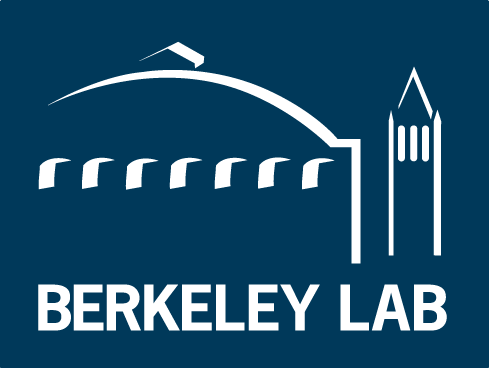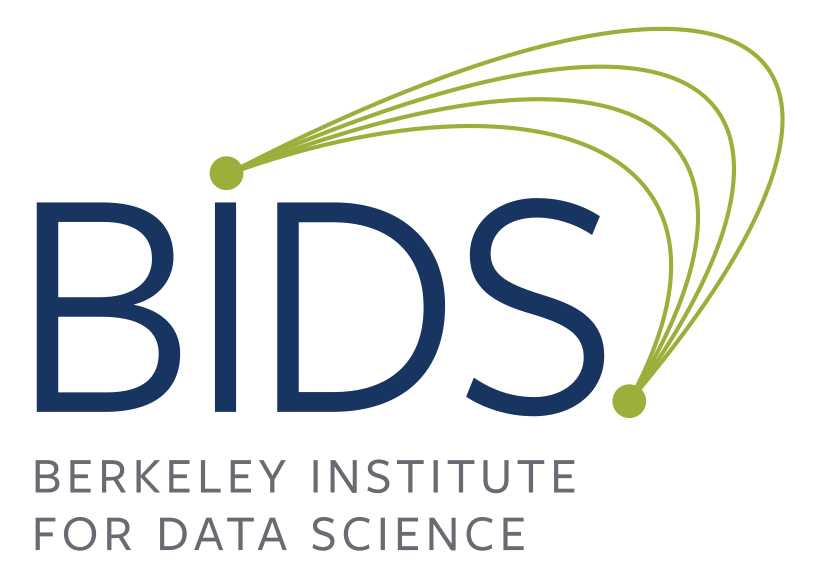Discussion regarding possible new operators in Python (PEP 225)¶
Contents
Introduction¶
In the Python-dev mailing lists, there were recently two threads regarding the possibility of adding to the language a new set of operators. This would provide easy syntactic support for behavior such as element-wise and matrix-like multiplication for numpy arrays. The original python-dev threads are here:
- http://mail.python.org/pipermail/python-dev/2008-July/081508.html
- http://mail.python.org/pipermail/python-dev/2008-July/081551.html
And the actual PEP that discusses this at length is PEP 225:
In order to provide feedback from the scientific/numerical community, a discussion was held on the numpy mailing list. This document is a brief summary of this discussion, in addition to some issues that were brought up during a BOF session that was held during the SciPy‘08 conference. The point of this document is to provide the Python development team (and ultimately Guido) with feedback from a community that would be likely an important target of the features discussed in PEP 225, hoping that a final decision can be made on the PEP, either as-is or with modifications arising from this feedback.
This document contains a summary of an original discussion whose thread in the numpy list can be found here:
- http://mail.scipy.org/pipermail/numpy-discussion/2008-August/036769.html
- http://mail.scipy.org/pipermail/numpy-discussion/2008-August/036858.html
and it has been further updated with a final round of vetting. The final thread which this document summarizes is here:
Background: matrix multiplication and Numpy¶
It is probably useful, for the sake of the Python dev team, to provide a bit of background regarding the array/matrix situation in Numpy, which is at the heart of much of this. The numpy library provides, in addition to the basic arrays that support element-wise operations:
In [1]: from numpy import array, matrix
In [2]: a = array([[1,2],[3,4]])
In [3]: b = array([[10,20],[30,40]])
In [4]: a*b
Out[4]:
array([[ 10, 40],
[ 90, 160]])
also an object called matrix that implements classic matrix multiplication
semantics for the * operator:
In [5]: aM = matrix(a)
In [6]: bM = matrix(b)
In [7]: aM*bM
Out[7]:
matrix([[ 70, 100],
[150, 220]])
The existence of two almost-but-not-quite identical objects at the core of numpy has been the source of a large amount of discussion and effort to provide smoother integration. Yet, despite much work it is the opinion of many that the situation will always remain unsatisfactory, as many pitfalls continue to exist. It is very easy to pass a matrix to some routine that does numerical manipulations on its inputs and forgets to verify that a matrix was received, and to end up with an array instead afterwards. While much work has gone into making the core numpy and scipy libraries ‘matrix-proof’, arbitrary third party code may or may not be matrix aware, and thus this problem is likely to remain an open issue.
Many more details on this can be read here:
Multiplication is perhaps the main need for matrices, and the proposed PEP
could provide a viable solution for this problem. Exponentiation is also
useful and covered by the PEP, and the ~/ division could perhaps be an
acceptable way of implementing matlab’s slash operator.
Summary from the NumPy community¶
Overall the response to PEP 225 ranges from positive to very positive. There was particular interest in the benefits of having both PEP 225 and PEP 335, since together these could address the key language-based issues encountered by numpy.
Participants expressed that it would solve real-world, practical problems for them and enable them to use Python more effectively in teaching and research involving numerical work, in particular (but not limited to) topics involving linear algebra.
As Python’s importance in scientific computing grows, both as an educational and a research tool, it becomes more critical that it can be used as a ‘drop-in’ replacement to existing systems. PEP 225 would lower the notational barrier to using Python for tasks where languages like Matlab(TM) and IDL(TM) are typically the default choice. Expressing common algorithms, especially in the domain of linear algebra, would be easier and more readable if numpy could provide operator-level support for matrix operations without introducing new top-level objects.
As an example of the relevance of this, we note a new NSF-funded project for developing scientific computing curricular materials called Secant. This is just one example amongst many of how Python is growing as the open tool of choice for new scientific computing efforts.
Arguments neutral towards or against the PEP¶
While the response was overall positive, there were a few differing opinions, listed here.
Some expressed a neutral position: they felt there was really no overwhelming need for this and that people could get by with the tools offered today by Python.
Some contributors feel that the real problem for numpy is one operator, multiplication. Thus, some feel that only one should be added (reducing the reach of PEP 225), others that this simply isn’t enough to justify the PEP’s acceptance.
Some felt that perhaps the time is not right for this, and that one should wait instead a few years for Unicode support to become more pervasive, and implement this idea via Unicode instead (see below).
[ Note by Robert Kern ]. I really only care about having just one extra operator, one that I can (ab)use for matrix multiplication. It’s the only operation that is common enough and with one obvious implementation (I’m looking at you, Matlab’s “
\”) to warrant it, IMO. Doubling the number of operators and special methods is not a price that I’m willing to pay to get it, though.[ Note by David Warde-Farley ]. Even though Robert and others (myself included) really only care about an operator to facilitate matrix multiplication, I think most of us would support the
~*=(mentioned in the PEP) as a natural companion to~*.Am I right about this? I realize it can’t buy you the same in-place semantics as
+-=and friends currently enjoy with numpy arrays, but I think most folks would just expect it to work, i.e. iffoois 3x4 andbaris 4x1 (or maybe a length 4 rank 1 array) then:foo ~*= bar
results in foo now pointing to an array that (however you choose to handle rank) contains exactly 3 elements.
Other considerations and suggestions¶
Here we list some additional considerations that were presented.
Operator form for logical_X functions¶
Since the meaning of the logical, short-circuiting operators and and or
in Python can’t be redefined (they are keywords of the language), Numpy
implements its own versions as functions: logical_and and logical_or
(as well as not and xor versions). It would be good to extend the PEP
to cover type-defined implementations of logical operators. Today, numpy
users often abuses the & and | operators for logical operations, but
the behavior of these isn’t exactly that of Python logical operators:
In [35]: a
Out[35]: array([0, 1, 2, 3, 4])
In [36]: b
Out[36]: array([False, True, False, True, False], dtype=bool)
In [37]: a & b
Out[37]: array([0, 1, 0, 1, 0])
In [38]: [x and y for x,y in zip(a,b)]
Out[38]: [0, True, False, True, False]
In [39]: a | b
Out[39]: array([0, 1, 2, 3, 4])
In [40]: [x or y for x,y in zip(a,b)]
Out[40]: [False, 1, 2, 3, 4]
Note however, that this problem could perhaps be better dealt with if PEP 335 were accepted. That PEP is currently in draft mode, but it would address the issues raised above for numpy, allowing PEP 225 to keep its current scope.
Alternate comparisons¶
It could be useful to extend the original PEP not only to cover the basic arithmetic operators, but also comparisons. Having for a given object alternate comparison mechanisms would allow one to declare, for example, special orderings in fields for objects which can be ordered in different ways depending on the structure in which they are considered to live.
[XXX - more justification for the field ordering example? This was suggested at scipy, but I don’t recall all the details]
Why just go one step?¶
Instead, it would be nicer to have user-definable multiplication operators such that for example:
a ~1* b
a ~2* b
etc… are all valid. The user could thus define as many ~N* operators as
desired, for arbitrary integer values of N. The proponents of this idea argue
that this provides a general solution to the problem of user-definable
operators for complex objects while maintaining the spirit of the PEP. There’s
the concern that if one new family of operators is allowed, we’ll want more in
the future and it is thus worthwhile solving the general problem once and for
all. The R language is cited as a precedent with a similar syntax, where
%op% allows for arbitrary operators to be declared.
Alternate syntax¶
The only other syntax to receive much support was to use ! instead of ~
as the special character.
Unicode operators¶
A number of proposals were made to consider Unicode operators instead of ascii 2-character combinations. While this was favored by one group, it was also strongly opposed by another who feared difficulty of editing with standard tools, font problems and readability problems. Several people had problems displaying the provided examples in their browsers.
D-language inspired syntax¶
One contributor suggested a syntax taken from the D language:
# create array of doubles
a = ...
# add 42 to all elements
a[] += 42.
# apply a function
b = sin(a[])
# or this?
b = sin[](a)
c = a[] + b[]


